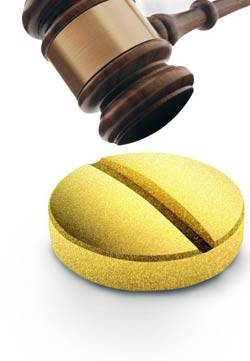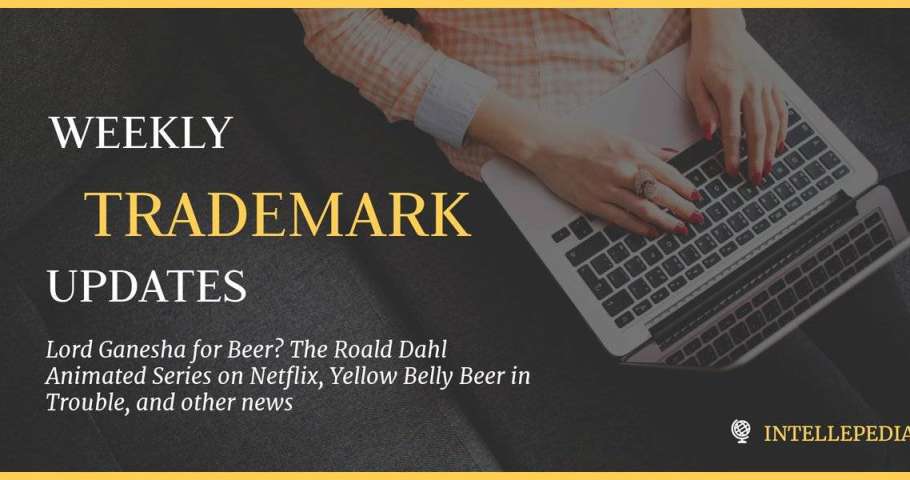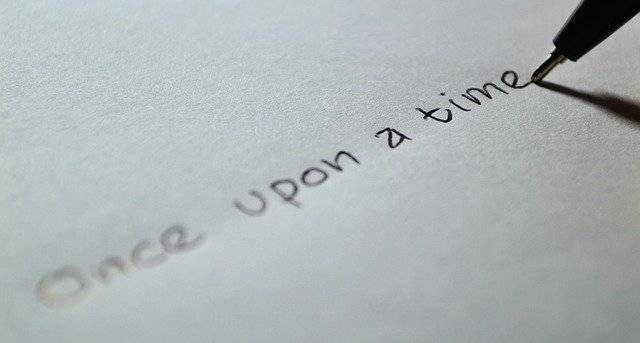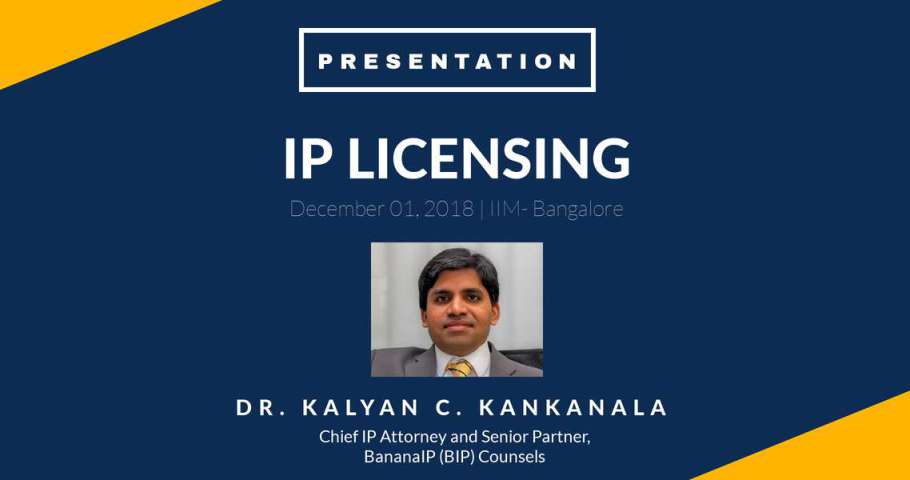First Publication Date: 2nd October 2010
The patent system has played a critical role in promoting the progress of science and technology since its inception by providing incentives to invent, to disclose, to design around and to invest. These incentives encourage the progress of science and technology in turn contributing to the economic development and prosperity of mankind. Though the patent system has played a critical role in the progress of science generally, its benefits have not been extended to medical…







